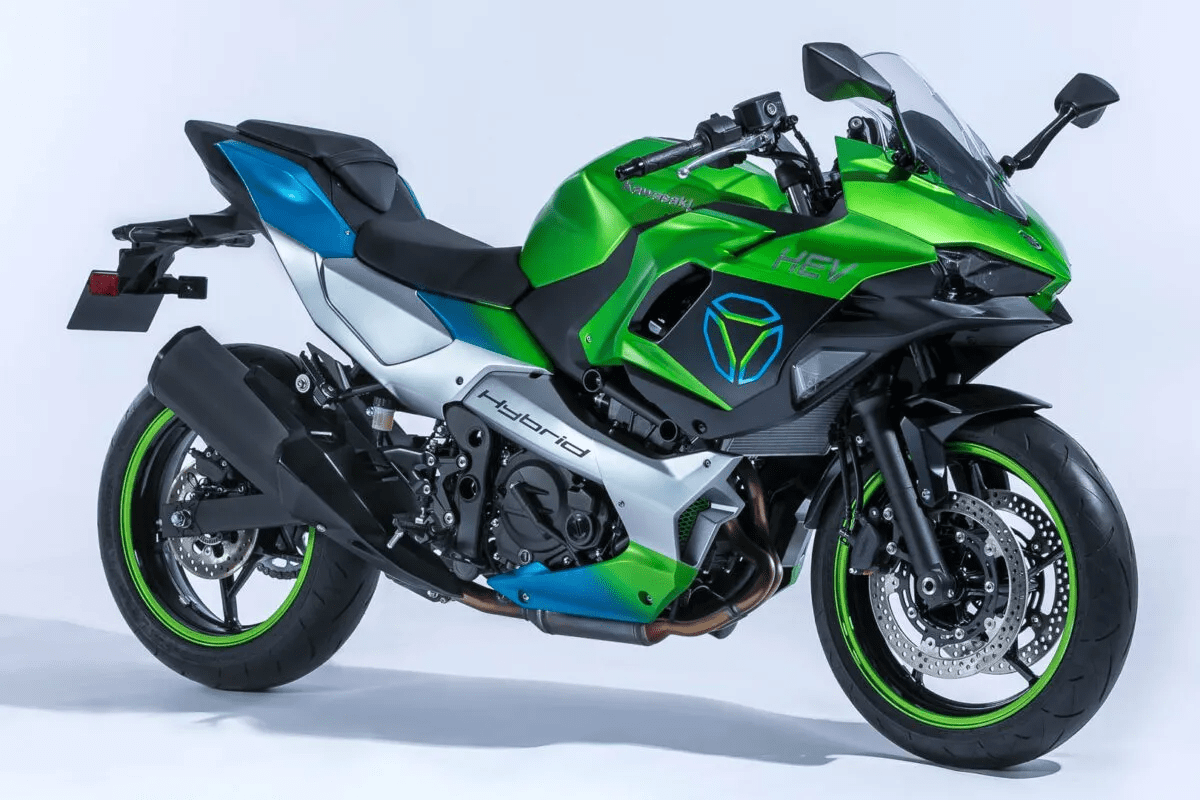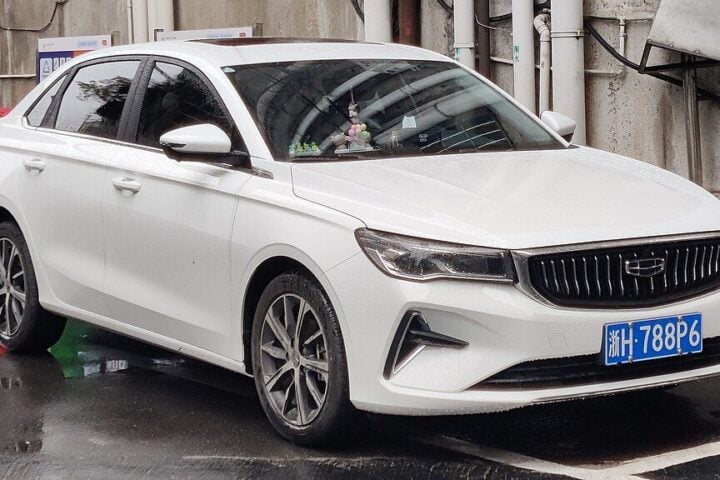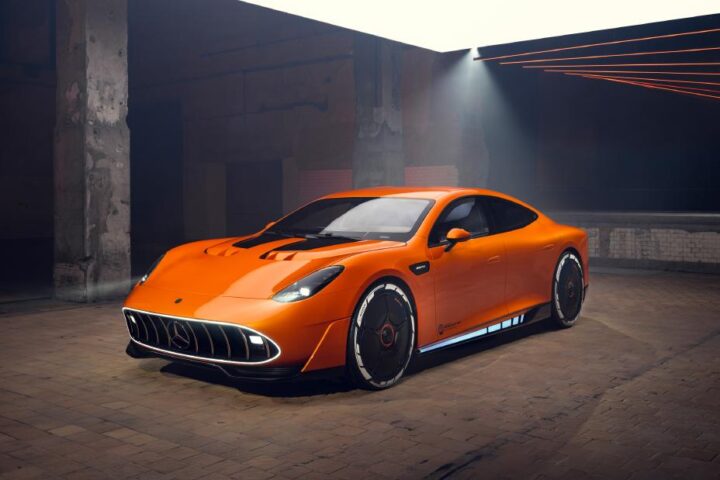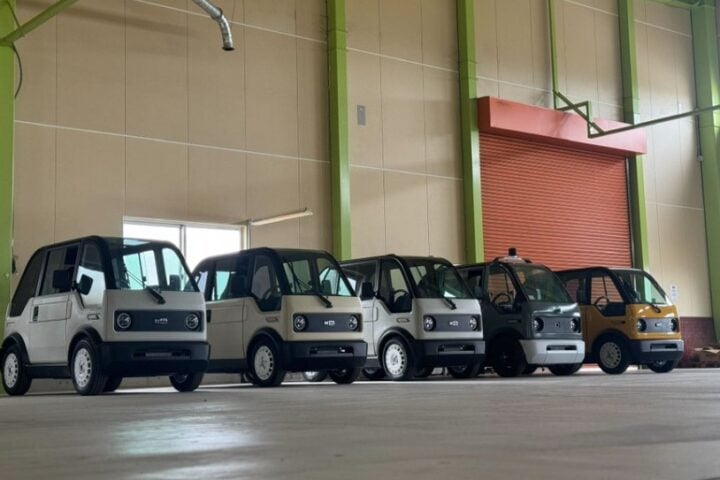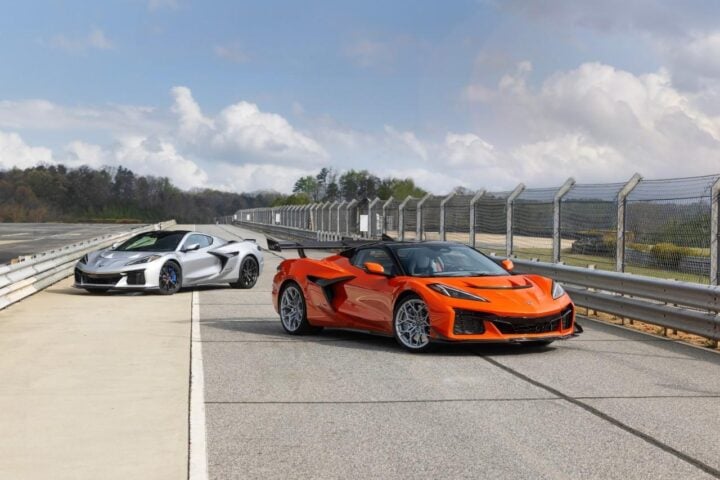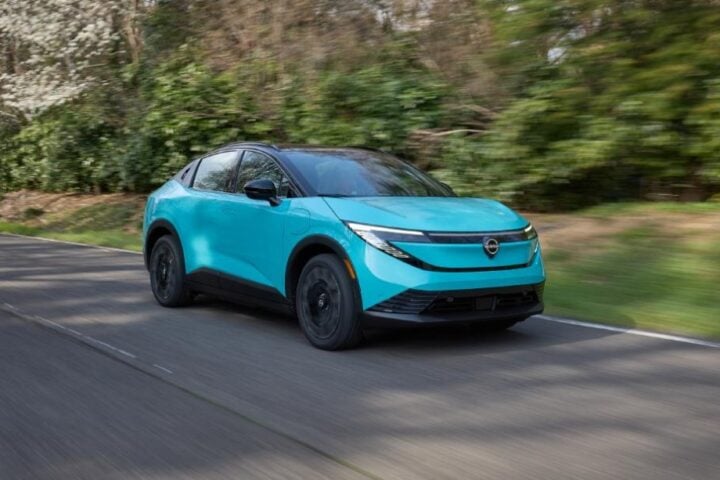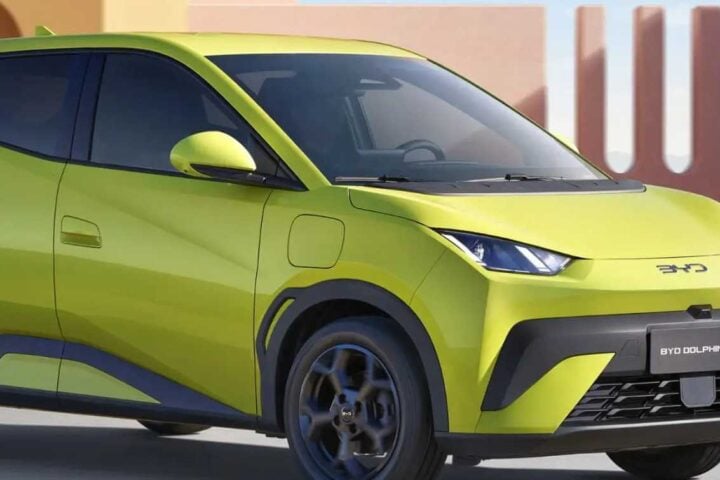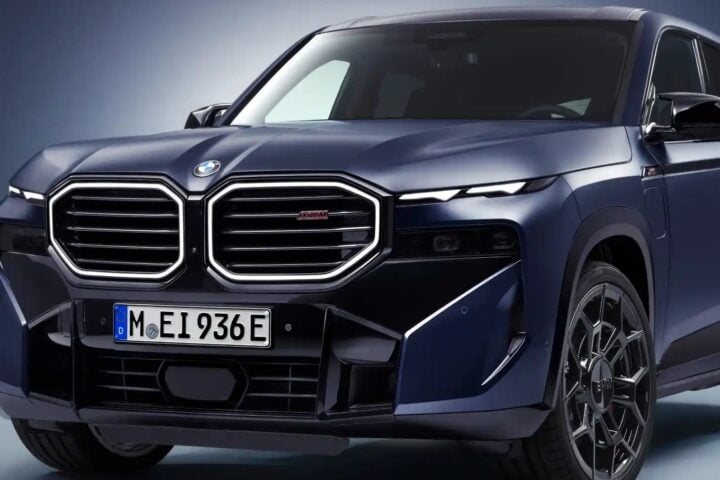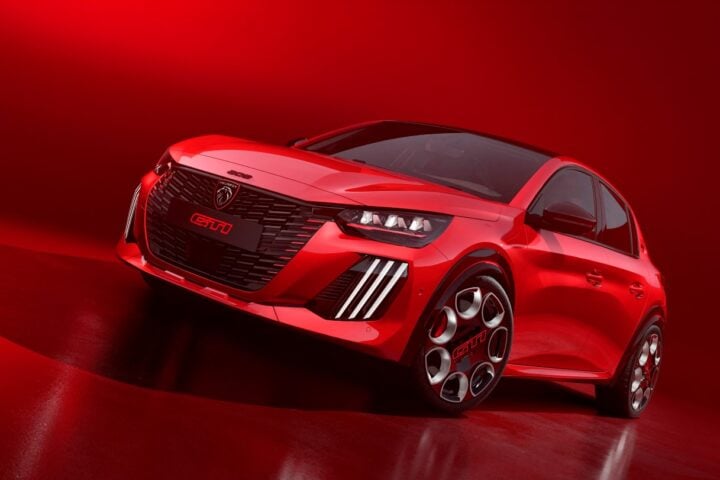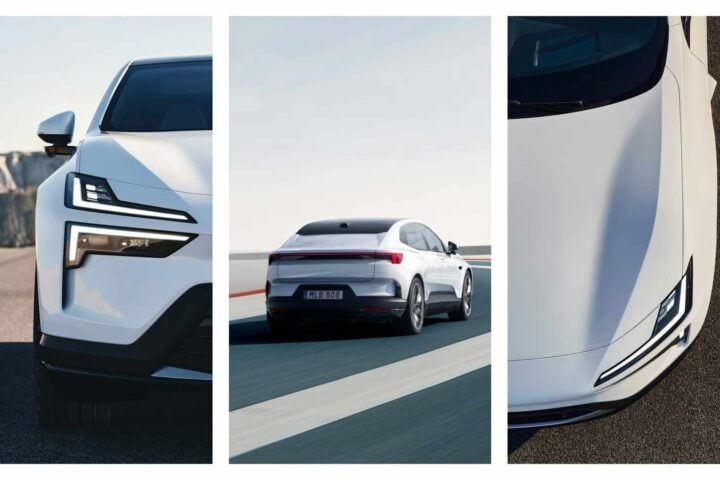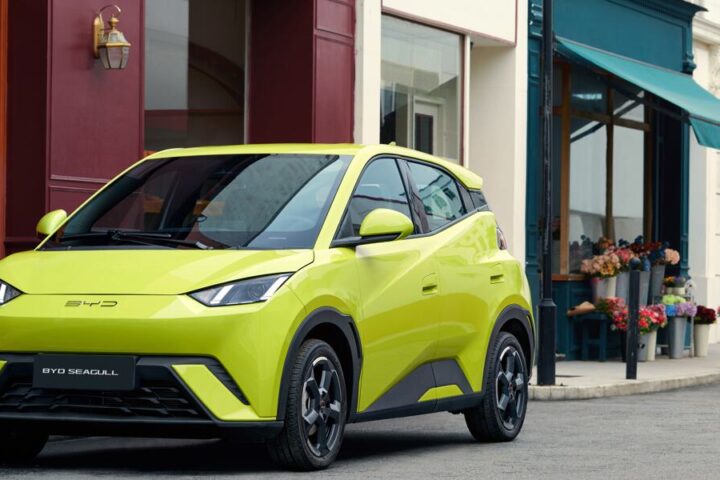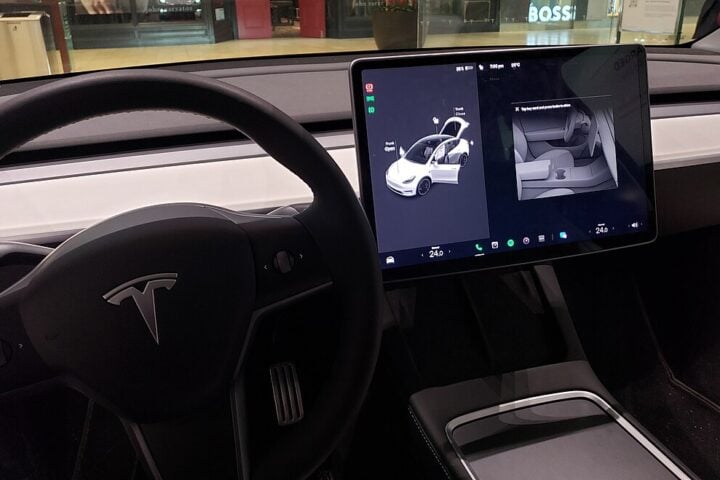Kawasaki, the Japanese automaker, has made a major stride in achieving its carbon-neutrality goal by unveiling a unique hydrogen-powered sport bike concept. This bike is a collaborative effort between Kawasaki and Toyota, with the aim of promoting hydrogen as a future fuel. The motorcycle runs on a four-cylinder engine powered by compressed hydrogen gas for internal combustion, taking inspiration from Kawasaki’s supercharged Ninja H2 platform.
One of the main drawbacks of electric motorcycles is the long charging time, which can take up to 4 hours on average. However, Kawasaki’s hydrogen engine solves this problem by allowing the motorcycle’s tank to be refilled in a matter of minutes, just like a gasoline-powered motorcycle. The only challenge is the availability of hydrogen, which Kawasaki and Toyota hope to address by the time the hydrogen-powered H2 comes out. The engine will also produce a raspy exhaust note, much like a traditional internal combustion engine (ICE) engine.
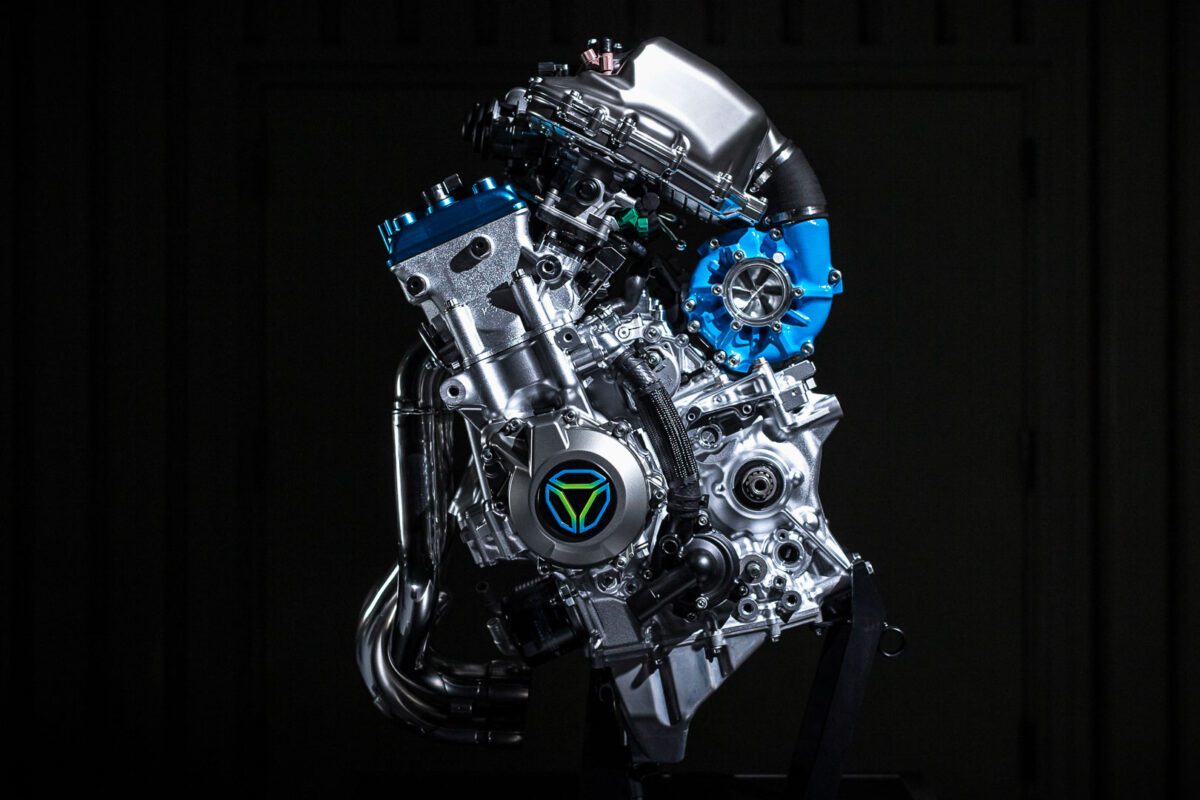
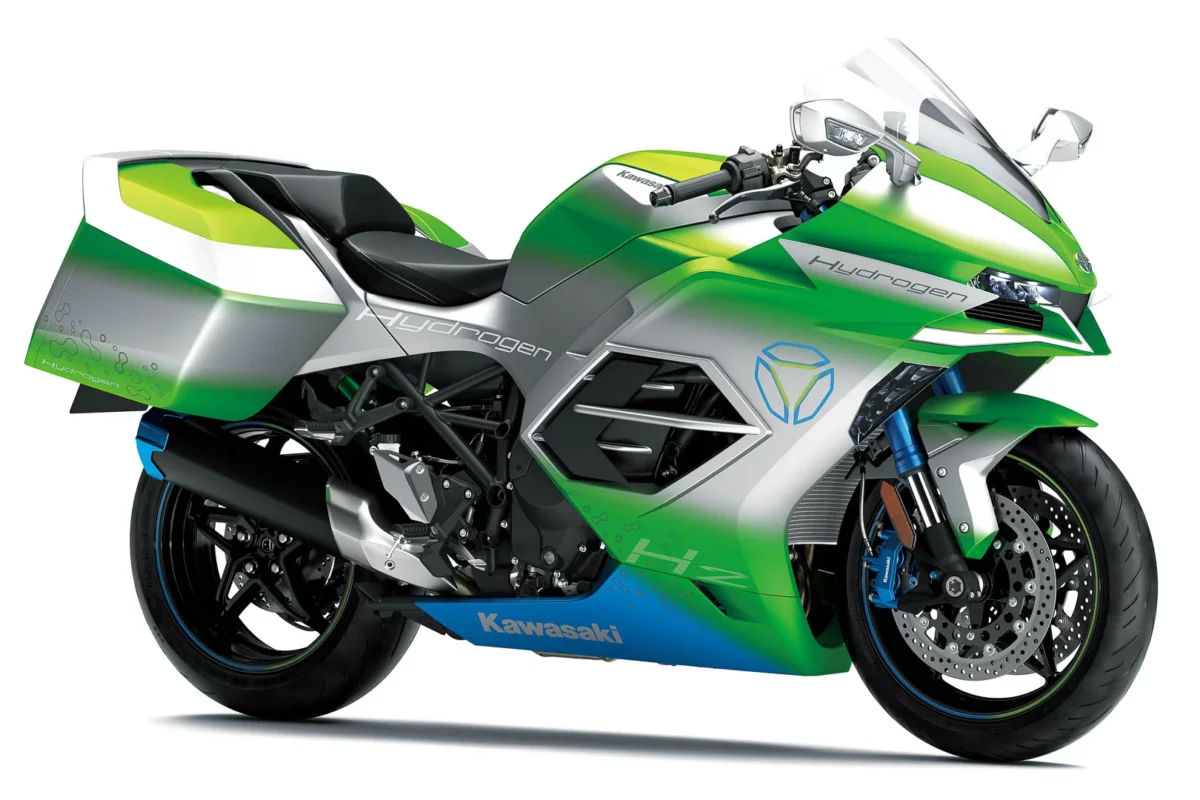
Kawasaki has several alternative fuel options in the works, including the Elektrode, a 250-watt electric balance bike for children, the Ninja BEV and Z-BEV, battery-powered Ninjas based on the Ninja 400 platform, and the Kawasaki HEV, a hybrid powered by a battery and twin-cylinder engine. The company is also working on an engine that uses directly injected compressed hydrogen gas, which is being considered for the Ninja H2 platform and a Teryx KRX 1000 chassis.
Despite this focus on alternative fuels, Kawasaki will not abandon traditional gasoline-powered internal combustion engines. The company plans to bring 30 new gasoline-powered motorcycles to market by the end of 2025, providing options for those who prefer the traditional engine.
In conclusion, Kawasaki’s hydrogen-powered motorcycle could provide a solution to the long charging times associated with electric motorcycles while still retaining the features that motorcycle enthusiasts love, such as the exhaust note. With this and other alternative fuel options in the works, Kawasaki is mounting a multi-pronged response to the demand for alternatives to traditional gasoline engines.
